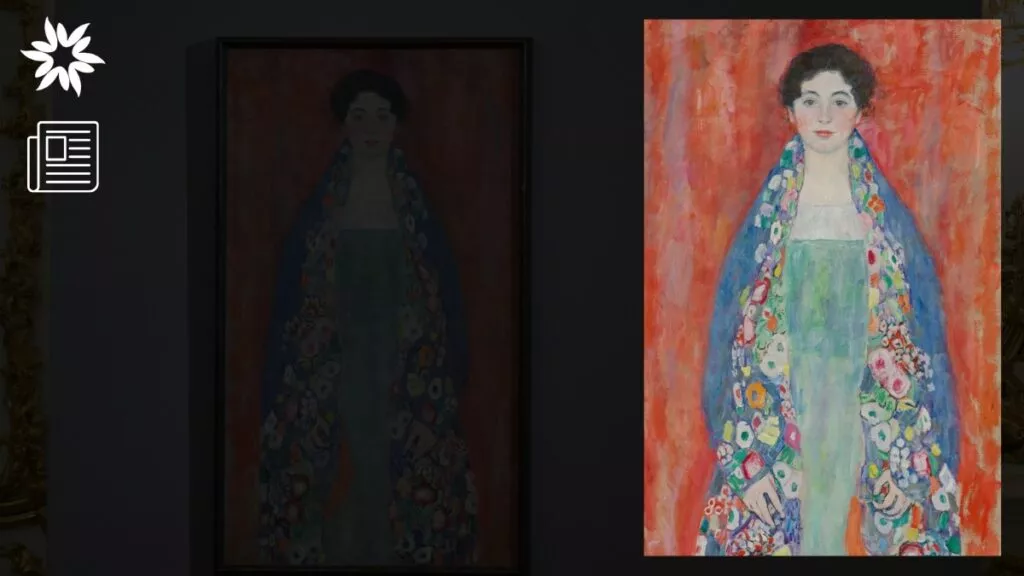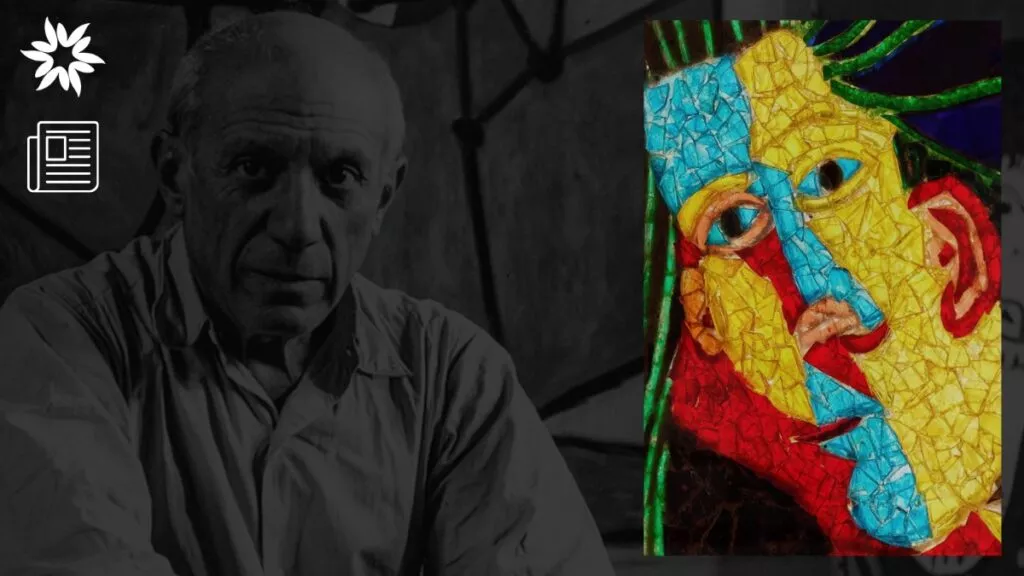The Musée d’Art Moderne de Paris is currently hosting a major exhibition titled Matisse and Marguerite: Through Her Father’s Eyes. From April 4 to August 24, 2025, this exhibition presents over 110 works by Henri Matisse. These include paintings, drawings, prints, sculptures, and ceramics, with a focus on how his daughter, Marguerite Duthuit-Matisse, appeared throughout his career.
Marguerite was born on August 31, 1894, in Paris. She was the daughter of Henri Matisse and Caroline Joblaud. Matisse officially recognized her in 1897, one year before marrying Amélie Parayre. Marguerite was then raised alongside her two half-brothers, Jean and Pierre. She grew up in a close family that she later described as being “like the five fingers of one hand.”
Key Takeaways
- Marguerite Matisse was Henri Matisse’s most painted model and his closest artistic collaborator.
- The exhibition shows over 110 rare works, including many never seen before in France.
- Marguerite was arrested and tortured by the Gestapo for her role in the French Resistance and narrowly escaped deportation.
A Constant Presence in Matisse’s Work
Marguerite’s presence in her father’s art began early. She posed for many of his works starting in her childhood. In 1905, Matisse painted Interior with a Young Girl, showing her reading. By 1906, in Collioure, she was featured in Marguerite Reading, which was exhibited at the Salon d’Automne later that year.
In 1910, Matisse painted Marguerite with a Black Cat, now part of the Centre Pompidou collection. He never sold this work, recognizing its importance both artistically and personally. Co-curator Isabelle Monod-Fontaine noted that Matisse believed this was one of his most radical and beautiful portraits.
Marguerite continued to appear in many works through World War I. During this time, Matisse painted White and Pink Head in 1914–15. This portrait is geometric and austere, showing how Matisse’s style had changed during the war years.
In 1920, after undergoing a second surgery on her trachea, Marguerite posed again for her father while they stayed together in Étretat. The painting Marguerite Sleeping, now in a private collection, shows her resting without the black ribbon she had worn for years to cover the scar from her early childhood illness.
However, from 1921 onward, she appeared less frequently. Matisse had begun painting with professional model Henriette Darricarrère. The two women appeared together in compositions such as The Moorish Screen. These works moved away from portraiture and became more decorative.
In 1923, Marguerite married the writer Georges Duthuit. After this, she no longer appeared in Matisse’s paintings, and rather took another important role.
Marguerite’s Work Behind the Scenes and Her Role in WWII
After her marriage, Marguerite began helping her father with the practical side of his career. She managed his business from Paris while Matisse lived in Nice. She handled communications with dealers, historians, and collectors. She also oversaw the printing of his engravings and prepared exhibitions, including major shows in Berlin and London.
In the 1930s, she tried working in fashion and even presented a small clothing collection in England. Nonetheless, she eventually returned to focus entirely on her father’s legacy. In 1946, Matisse asked her to help create the catalogue raisonné of his work. Though she worked on it for years, she died in 1982 before it was completed. The final version was published a year later.
In 1944, during World War II, she joined the French Resistance as a liaison for the Francs-Tireurs et Partisans. She was arrested by the Gestapo in Rennes, tortured, and imprisoned. On August 3, 1944, she was deported to Germany with other political prisoners. However, she was freed in Belfort on August 26, just before reaching the border.
Her father did not know she was in the Resistance. When he learned of her ordeal, he was deeply affected. In January 1945, the two reunited in Vence. Matisse made two charcoal portraits of her, the last images of Marguerite in his work. These pieces, along with several lithographs from the same period, are now on display in the exhibition.
Rare Works and New Insights
The exhibition includes pieces from important institutions such as the Centre Pompidou, Musée Picasso-Paris, the Baltimore Museum of Art, the Norton Museum of Art, and several private collections. Many works, like Marguerite endormie and Marguerite en manteau écossais, have never been shown in France before.
The layout of the exhibition is chronological, starting from early childhood sketches and continuing through her final portraits. It also includes photographs, archival letters, and a video documentary by Elisabeth Kapnist that explores Marguerite’s life and influence.
Some of Marguerite’s own paintings are included as well. She painted still lifes, self-portraits, and landscapes. She showed her work at the Salon d’Automne and in a 1925 group exhibition of women painters. Although she later stopped painting, critics at the time praised her for her strong and personal style.
An Interactive and Family-Friendly Experience
Alongside the exhibition, the museum is offering a virtual reality experience called Danse Danse Danse – Matisse. It was developed by Agnès Molia and Gordon and produced by Lucid Realities and TSVP. The VR installation is based on the theme of dance in Matisse’s work, featuring choreography by Sarah Silverblatt-Buser.
Visitors will virtually enter some of Matisse’s most famous dance paintings, including La Danse (1909), La Danse de Merion, La Danse de Paris, and La Danse inachevée. This immersive experience, offered on level 6 of the museum, is not suitable for children under 10 or people with epilepsy or balance disorders. It lasts 10 minutes and costs €7.
A dedicated family area is also available near the end of the exhibition route, including creative games, a reading area, and activity guides for children. The space is open from 10 a.m. to 5:30 p.m. daily and is free for ticket holders.
Details for Visiting the Exhibition
The Matisse and Marguerite exhibition is being held at the Musée d’Art Moderne de Paris, located at 11 Avenue du Président Wilson, 75116 Paris. The museum is open Tuesday to Sunday from 10 a.m. to 6 p.m., with extended hours on Thursdays until 9:30 p.m.
Standard admission is €17, reduced admission is €15, and entry is free for visitors under 18. A combined ticket with the Gabriele Münter exhibition is also available for €20 (or €18 reduced). Tickets can be booked at www.mam.paris.fr.
The museum is accessible via Metro (lines 9 at Alma-Marceau or Iéna), RER C (Pont de l’Alma), and several bus routes (32, 42, 63, 72, 80). There are nearby Vélib’ bike stations and bicycle parking in front of the entrance.







